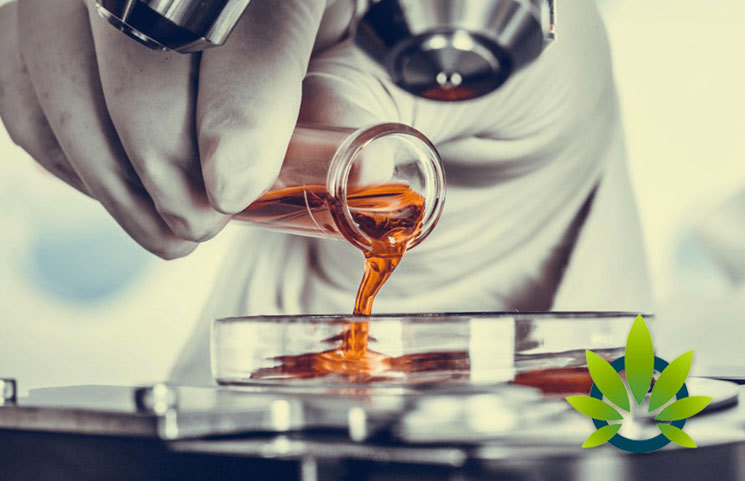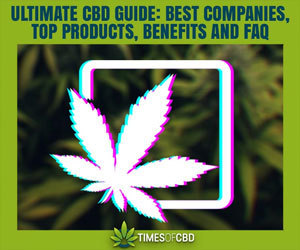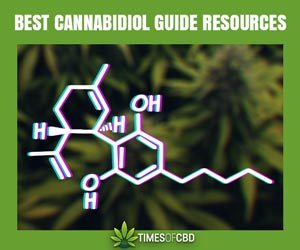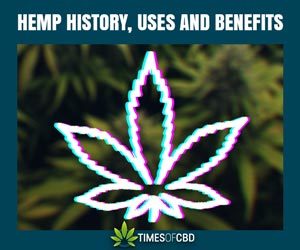CBD Oil (Cannabidiol)
Different CBD Extraction Processes Means Different CBD Products of Varying Potency and Quality

The CBD industry has expanded within a short period of time thanks to its ability to resolve health concerns of all types. Its first ever revelation stemmed from a consumer’s ability to use CBD as a way to ease their epilepsy. With more and more studies being conducted on its likes, CBD has been deemed to carry multiple purposes.
That being said, are the noted purposes executed in a way that heightens quality and purity? As brands try to create a place within the CBD market, they emphasize heavily on quality. The latter has resulted in a wide range of CBD extraction processes that require further investigation.
CBD Snapshot has since expounded on three different categories of extraction along with the different types of CBD oils that consumers can expect on shelves. Here’s an overview of what has been shared.
The Three Types of CBD Extraction Processes
The three types of CBD extraction processes that have been focused here include Carbon Dioxide (CO2 ), Solvent and Post- Extraction (Winterization, Short-Path Distillation and Nano-Amplification). The latter is a category of sub processes which are typically done to ensure that CBD products are ready and safe for consumption.
The first extraction process uses carbon dioxide to extract several components including the plant’s cannabinoids, terpenes and flavonoids. This is achieved by squeezing and filtering the plant’s components through the use of dry ice created by pressurized carbon dioxide reports CBD Snapshot.
Carbon Dioxide is the standard within the CBD industry because it is deemed to be more accurate in terms of what is being extracted along with the exact measurements.
Next, we have solvent extraction, which typically uses an alcohol base such as ethanol to extract said plant’s components. As per the claims made, this method dissolves cannabinoids, terpenes and other components into another solution to rid it from the presence of ethanol. An advantage of this process is that it is inexpensive, however, it has been reported that in such uses, the post-extraction process may slightly rid the solution of its health benefits.
The types of post-extraction purification processes that exist includes winterization (removal of fats and lipids), short-path distillation (separates different components based on boiling points) and nano-amplification (converting CBD into particulars at less than 100nm).
Different Extraction Processes Imply Different Types of CBD Goods
Given the different ways to extract the cannabis plant’s hundreds of cannabinoids, what can be said about the type of solution that arises? Here’s what consumers can expect:
Consumers may come across full- and broad-spectrum CBD, CBD Isolates, Nano-CBD and Hemp Seed Oil. The full-spectrum CBD oil contains an array of accepted cannabinoids as well as traces of THC (the mind-altering compound).
Then, we have the broad-spectrum CBD, which differs from the former in the contents of THC. That is, it is free of THC, while carrying every other cannabinoid. As for CBD Isolate, they simply house CBD (or cannabidiol). In most American states, CBD-only products are classically preferred.
Of the different types of CBD existing to date, Nano-CBD are relatively new. This form of CBD is deemed water soluble, which leads to a type that can pass through cellular gaps due to its particularly small sizes (100nm). It is believed that the former is more efficient than the latter specifically on a cellular basis.
Finally, we have the hemp seed oil. This product comes from hemp seeds and carries none of the cannabinoids found in the former four. In fact, many deem it to serve as a daily multivitamin due to its presence of vitamins, minerals and healthy fats.
Overall, it is evident that unique solutions are created based on varying extraction processes. When actually selecting a solution, consumers should assess their individual health concerns and needs. Furthermore, focus should be placed on what studies and existing reports have to say, especially in the case of the former four, as ingestion varies based on the severity of an illness (not to mention limited findings to date). If necessary, it is always best to seek advice from a health practitioner prior to its uses.






